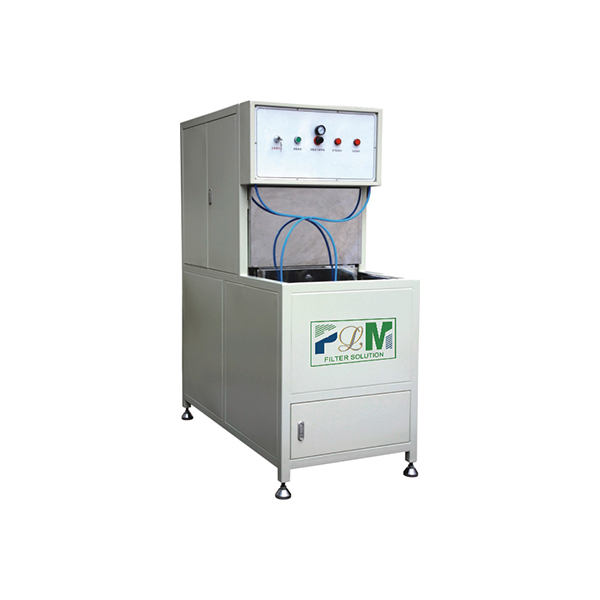Dec . 04, 2024 13:41 Back to list
oil filter paper
Understanding Oil Filter Paper Importance, Types, and Applications
Oil filter paper is a specialized filtering medium that plays a crucial role in the maintenance and efficiency of various machines and engines. It is primarily designed to remove contaminants from oils, lubricants, and other fluids to ensure that the equipment operates smoothly and effectively. This article will explore the importance of oil filter paper, its various types, and its applications in different industries.
Importance of Oil Filter Paper
The primary function of oil filter paper is to trap impurities such as dirt, soot, and metal particles suspended in oils or lubricants. These contaminants can severely affect the performance of engines and machinery by causing wear and tear, reducing lubrication efficiency, and leading to potential failures. High-quality oil filter paper is essential for maintaining the longevity and reliability of engines, as it ensures that the oil remains clean and effective over time.
Beyond performance, the use of oil filter paper also contributes to environmental protection. Clean oil translates to fewer emissions and reduced environmental impact. By filtering out harmful particles, oil filter paper helps in minimizing pollution caused by internal combustion engines and other machinery.
Types of Oil Filter Paper
Oil filter paper comes in various grades and types, each designed for specific applications. The three primary types of oil filter paper are
1. Cellulose-Based Paper This type of filter paper is made from natural cellulose fibers. It is commonly used in automotive and industrial applications due to its good filtering capabilities and cost-effectiveness. Cellulose-based papers can efficiently capture larger particles, making them suitable for engines that operate under moderate conditions.
oil filter paper

2. Synthetic Fiber Paper Synthetic filter paper is made from polyester or other synthetic materials. This type offers superior filtration performance, especially for smaller particles, and is often used in high-performance applications. Synthetic fibers can withstand higher temperatures and are usually more resistant to chemical breakdown, making them ideal for demanding environments.
3. Microglass Media This type of oil filter paper is composed of a fine glass fiber matrix that provides exceptional filtration efficiency. Microglass media can capture smaller particles than both cellulose and synthetic papers and is typically used in heavy-duty applications such as industrial engines and high-performance vehicles. While generally more expensive, its longevity and effectiveness make it a preferred choice in critical systems.
Applications
Oil filter paper finds applications across various sectors, including automotive, aerospace, marine, and industrial machinery. In automotive applications, it is crucial for prolonging engine life and enhancing performance. In the aerospace industry, oil filter paper technology is vital for aircraft engines, where reliability and efficiency are paramount.
Furthermore, the growing demand for environmentally friendly practices has led to increased use of oil filter papers designed for easy recycling and minimal environmental impact. Industries are increasingly recognizing the value of maintaining clean systems and the role that high-quality oil filter paper plays in achieving this goal.
Conclusion
In conclusion, oil filter paper is an integral component in maintaining the functionality and longevity of engines and machinery. Its ability to filter contaminants not only ensures optimal performance but also contributes to a cleaner environment. As technology advances, the development of more efficient and eco-friendly oil filter papers will continue to play a significant role in various industries, promoting reliability and sustainability. Understanding the types and applications of oil filter paper can help users make informed choices for their engines and machinery, ultimately leading to better performance and reduced environmental impact.
-
Active Carbon Air Filter for Air Purifier – Superior Odor & Allergen Removal
NewsJul.24,2025
-
High-Efficiency Active Carbon Air Filter for Air Purifier | Odor & Allergen Removal
NewsJul.23,2025
-
Active Carbon Air Filter for Air Purifier – High Efficiency Filtration Solution
NewsJul.22,2025
-
Durable Sintered Porous Metal Filter Tube Cup & Machines
NewsJul.22,2025
-
Effective Active Carbon Air Filter for Purifiers | Eliminate Odors
NewsJul.21,2025
-
PLJT-250-25 Full-auto Turntable Clipping Machine | Efficient Automation
NewsJul.20,2025
